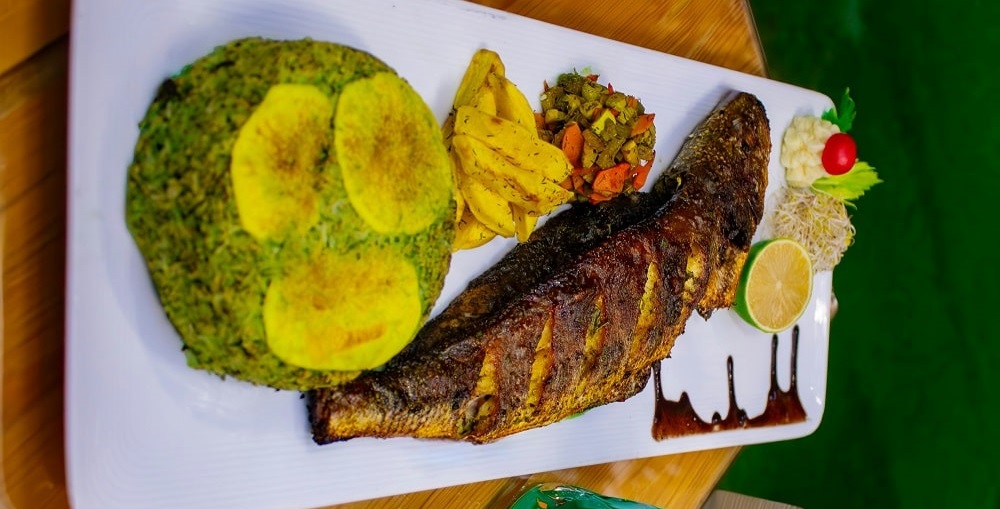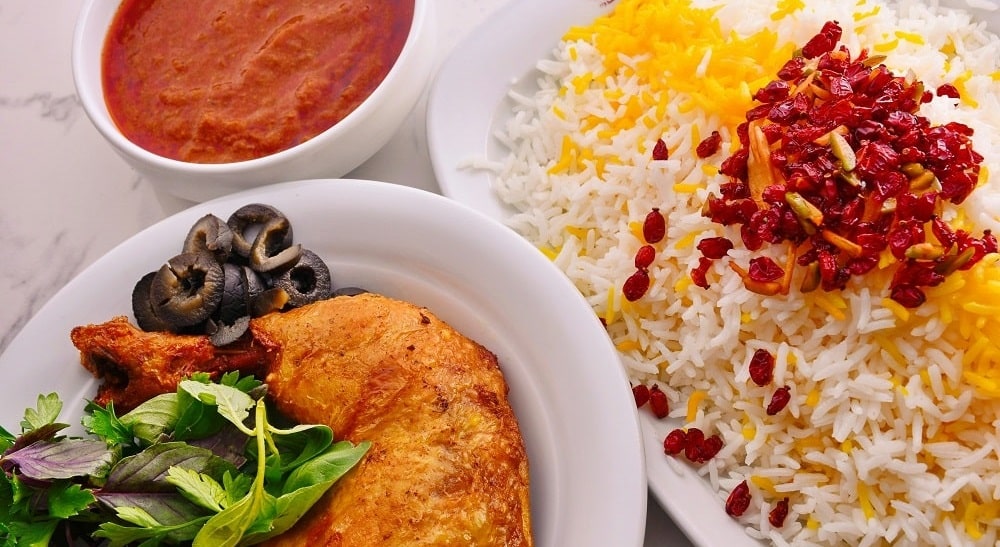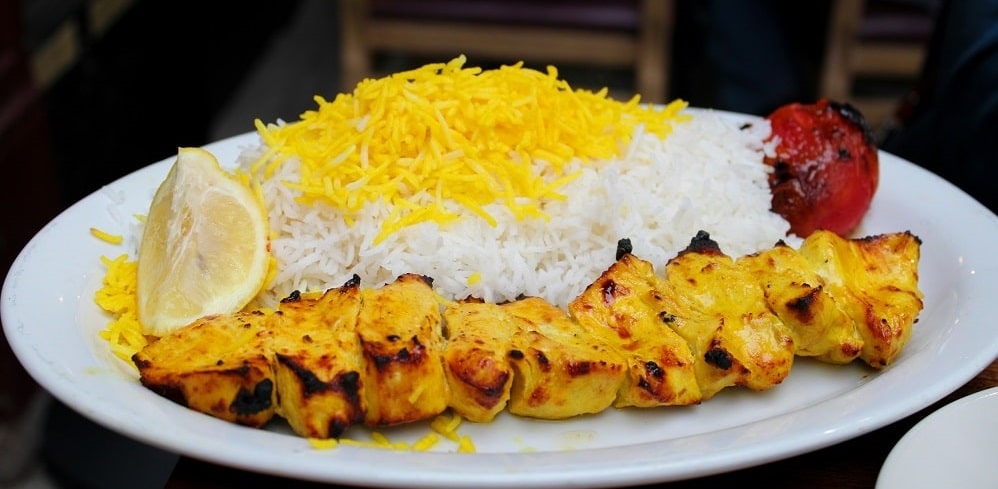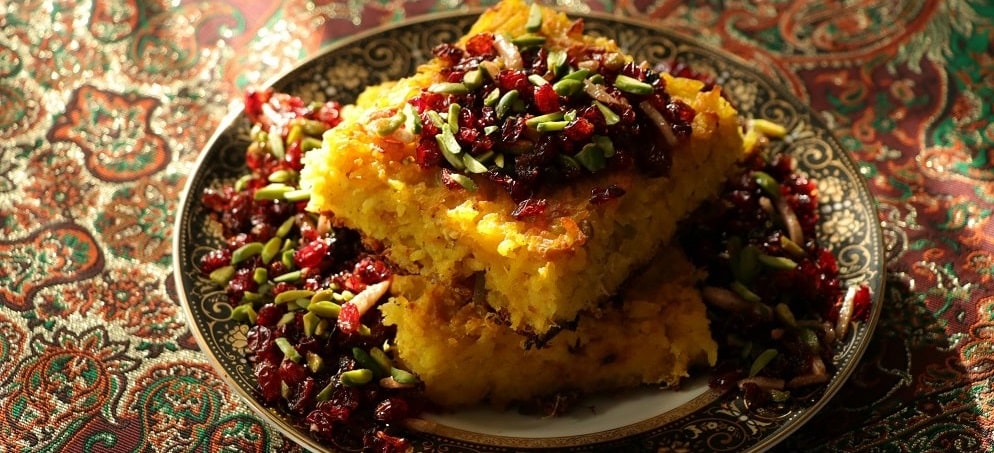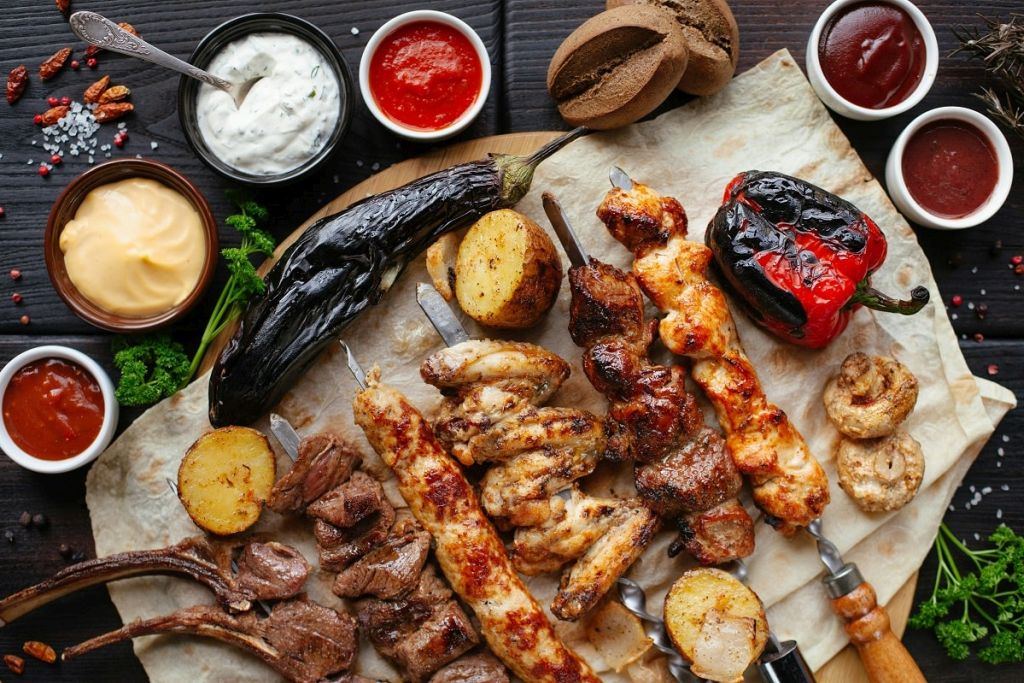An Honest Guide to Iranian Cuisine for Tourists
When you think of traveling to Iran, ancient ruins, stunning mosques, and warm hospitality might come to mind. But let’s talk about something equally captivating: the food. Iranian cuisine, often called Persian cuisine, is a hidden gem that’s been delighting taste buds for centuries. For tourists, it’s not just a meal—it’s a cultural journey. From fragrant rice dishes to hearty stews and delicate sweets, Iran’s culinary scene is as diverse as its landscapes. Whether you’re a foodie or just someone who enjoys a good bite, this guide will walk you through what to expect, what to try, and how to make the most of your culinary adventure in Iran.
Why Iranian Cuisine Stands Out
Iranian food isn’t about flashy presentation or overwhelming spice—it’s about balance, aroma, and tradition. The cuisine has roots stretching back to the Persian Empire, refined over millennia through influences from neighboring regions like Central Asia, the Caucasus, and the Middle East. What sets it apart is its use of fresh herbs, subtle spices like saffron and turmeric, and a knack for blending sweet and sour flavors. Think pomegranate and walnuts in a stew or barberries sprinkled over rice—it’s a symphony of tastes that’s both comforting and exotic.
For tourists, the appeal is twofold: it’s delicious, and it’s affordable. Iran’s cost of living means you can enjoy a feast without breaking the bank. Plus, the country’s hospitality culture ensures you’ll be welcomed with generous portions and warm smiles, whether you’re dining in a bustling bazaar or a local’s home.

The Staples: Rice, Bread, and Kebabs
No exploration of Iranian cuisine starts without rice. Known as polo or chelo, it’s the backbone of many meals. Iranians have perfected the art of cooking basmati rice until it’s fluffy and fragrant, often infused with saffron for a golden hue. The real star, though, is tahdig—the crispy, golden layer at the bottom of the pot. It might be rice, potato, or even bread, and it’s so beloved that families jokingly fight over it. If you’re lucky enough to dine with locals, don’t miss out—ask for a piece!
Bread, or nan, is another essential. Freshly baked in clay ovens called tandoors, varieties like barbari (thick and chewy), sangak (stone-baked and slightly sour), and lavash (thin and crisp) are served with almost everything. Tear off a piece, dip it in yogurt, or wrap it around a juicy kebab—it’s simple but divine.
Speaking of kebabs, they’re Iran’s most famous export. Kebab koobideh (minced lamb or beef grilled on skewers) is a must-try, served with rice, grilled tomatoes, and a sprinkle of sumac. Then there’s joojeh kebab (marinated chicken) and kebab barg (tender lamb slices), each bursting with flavor from saffron, lemon, and butter marinades. You’ll find kebab joints everywhere, from Tehran’s Grand Bazaar to roadside stalls in Shiraz.
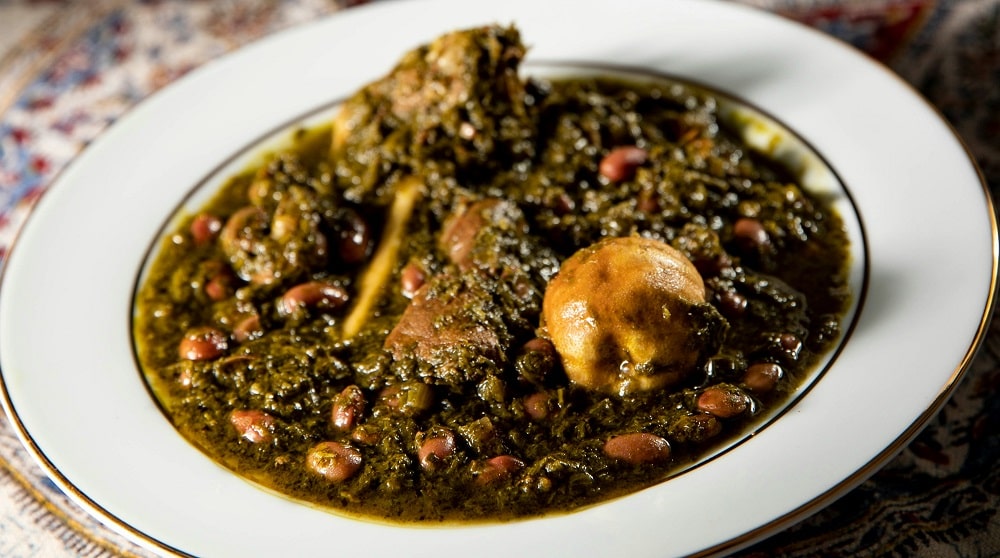
Stews That Warm the Soul
Iranian stews, or khoresh, are where the cuisine gets cozy. These slow-cooked dishes meld meat, vegetables, and legumes into rich, aromatic masterpieces. Ghormeh sabzi is the national favorite—a green-hued stew of herbs (parsley, cilantro, fenugreek), lamb, red beans, and dried limes. It’s earthy, tangy, and utterly addictive. Tourists often rave about its unique flavor, which you won’t find anywhere else.
Then there’s fesenjan, a luxurious stew of ground walnuts, pomegranate molasses, and chicken or duck. It’s sweet, sour, and savory all at once—a taste that feels like a celebration. Traditionally served at weddings, it’s a dish that showcases Iran’s love for balancing flavors. Pair it with rice, and you’ve got a meal fit for royalty.
For something lighter, try khoresh bademjan, an eggplant and tomato stew with lamb or beef. The eggplant melts into the sauce, creating a velvety texture that’s hard to resist. These stews are often served family-style, so don’t be shy—dig in with a spoon and a side of rice or bread.
Soups and Comfort Foods
Iran’s cold winters have given rise to hearty soups called ash. Ash reshteh is the most iconic, a thick mix of noodles, beans, lentils, and herbs, topped with crispy fried onions, garlic, and a dollop of kashk (fermented whey). It’s a comfort food that’s especially popular during Ramadan or chilly days. Tourists love its warmth and the way it’s garnished—it’s as much a visual treat as a tasty one.
Another classic is dizi (or abgoosht), a rustic lamb and chickpea stew cooked in a clay pot. It’s served in two parts: a broth you sip with bread (tilit), and a mashed mix of meat, beans, and potatoes. It’s hands-on and messy—perfect for adventurous eaters who want an authentic experience. Look for it in traditional teahouses or small eateries.
The Sweet Side of Iran
Iranian sweets are subtle yet irresistible. Saffron ice cream is a street food favorite, blending creamy richness with floral saffron and sometimes pistachios. It’s a refreshing treat after a spicy meal, especially in the hot southern cities like Shiraz or Isfahan.
For something more traditional, try ranginak, a date and walnut dessert from southern Iran, dusted with cinnamon. Or grab a piece of gaz, a nougat-like confection from Isfahan made with rosewater and pistachios. Bakeries also offer baghlava (Iran’s version of baklava), flaky and soaked in syrup, and sohan, a brittle saffron toffee from Qom. These treats pair perfectly with Iranian tea, served strong and black in tiny glasses.
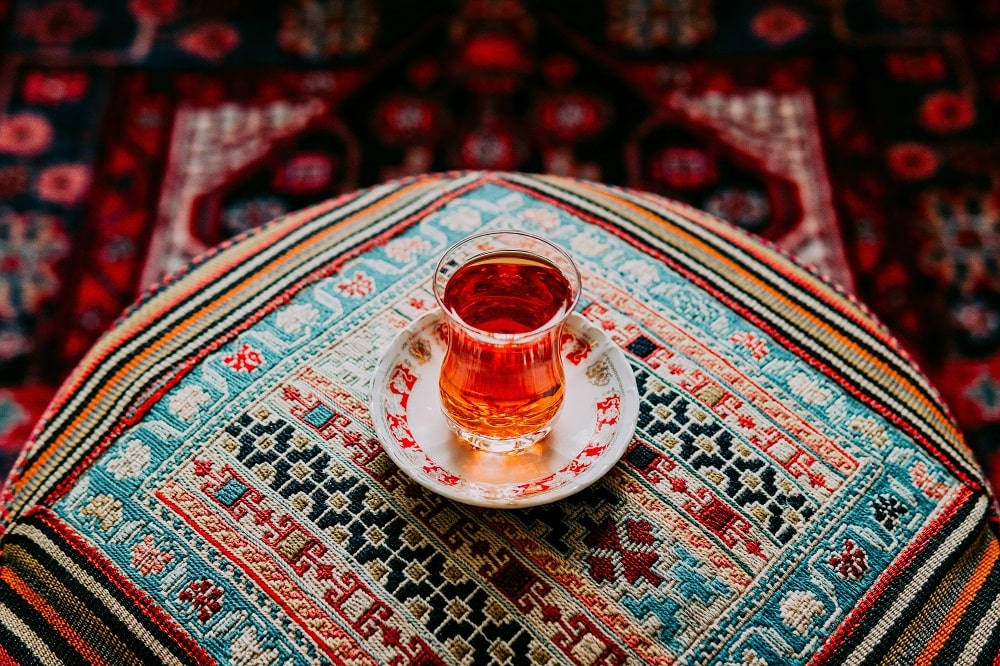
Drinks to Sip and Savor
Tea, or chai, is Iran’s lifeblood. You’ll see it everywhere—bazaars, homes, even roadside stops. Served unsweetened with sugar cubes on the side, it’s a ritual as much as a drink. For a twist, try gol gav zaban, a soothing herbal tea made from borage flowers, often with a splash of lemon.
Doogh is another staple—a tangy yogurt drink mixed with mint and salt. It’s refreshing and aids digestion, making it a common companion to heavy dishes like kebabs. Be warned: it’s an acquired taste for some, but locals swear by it. For something sweeter, look for sharbat, a fruit or flower-infused syrup mixed with water—rose, sour cherry, and mint are popular flavors.
Regional Highlights
Iran’s vast geography means its food varies by region. In the north, along the Caspian Sea, fish and rice reign supreme. Sabzi polo ba mahi (herbed rice with fish) is a specialty, often enjoyed during Nowruz, the Persian New Year. In Tabriz, northwest Iran, kufteh tabrizi—giant meatballs stuffed with dried fruits and nuts—offers a hearty taste of Azerbaijani influence.
Head south to Shiraz, and you’ll find kalam polo, a cabbage and rice dish with meatballs, or salad shirazi, a fresh mix of cucumber, tomato, and onion with a sour orange dressing. In the desert city of Yazd, sweets like qottab (almond-filled pastries) shine, while the Persian Gulf coast serves spicy seafood like ghalieh mahi (fish stew with herbs and tamarind).
Practical Tips for Tourists
- Where to Eat: Tehran’s high-end restaurants like Nayeb offer polished versions of classics, but don’t skip local haunts—bazaar stalls, teahouses, and family-run spots serve the real deal. Ask locals for recommendations; they’re eager to share.
- Vegetarian Options: Meat is central, but dishes like kashk-e bademjan (eggplant dip), kookoo sabzi (herb frittata), and lentil soups cater to vegetarians. Just clarify “no meat” (bedoon goosht), as the concept isn’t widespread.
- Etiquette: Meals are often shared. Use your right hand for bread, and don’t be surprised by tarof—a polite insistence to take more food. It’s okay to say no after a few rounds!
- Costs: A hearty meal might cost $5-$15 USD in a mid-range spot, cheaper at street vendors. Cash is king—carry rials, as cards aren’t widely accepted.
A Taste of Hospitality
What makes Iranian cuisine unforgettable isn’t just the flavors—it’s the people. Food here is tied to hospitality, a value rooted in Persian culture. You might be invited to a stranger’s home for lunch or offered tea by a shopkeeper. Say yes when you can; it’s a chance to taste dishes like baghali polo (rice with fava beans and dill) or tahchin (saffron rice cake with chicken) that don’t always make it to restaurant menus.
Final Thoughts
Iranian cuisine is a feast for the senses—colorful, aromatic, and packed with history. For tourists, it’s a delicious way to connect with the country’s soul. Whether you’re biting into crispy tahdig, savoring a spoonful of ghormeh sabzi, or sipping tea in a bustling bazaar, you’re tasting centuries of tradition. So pack your stretchy pants, bring an open mind, and dive into Iran’s culinary wonders. Your taste buds will thank you.
